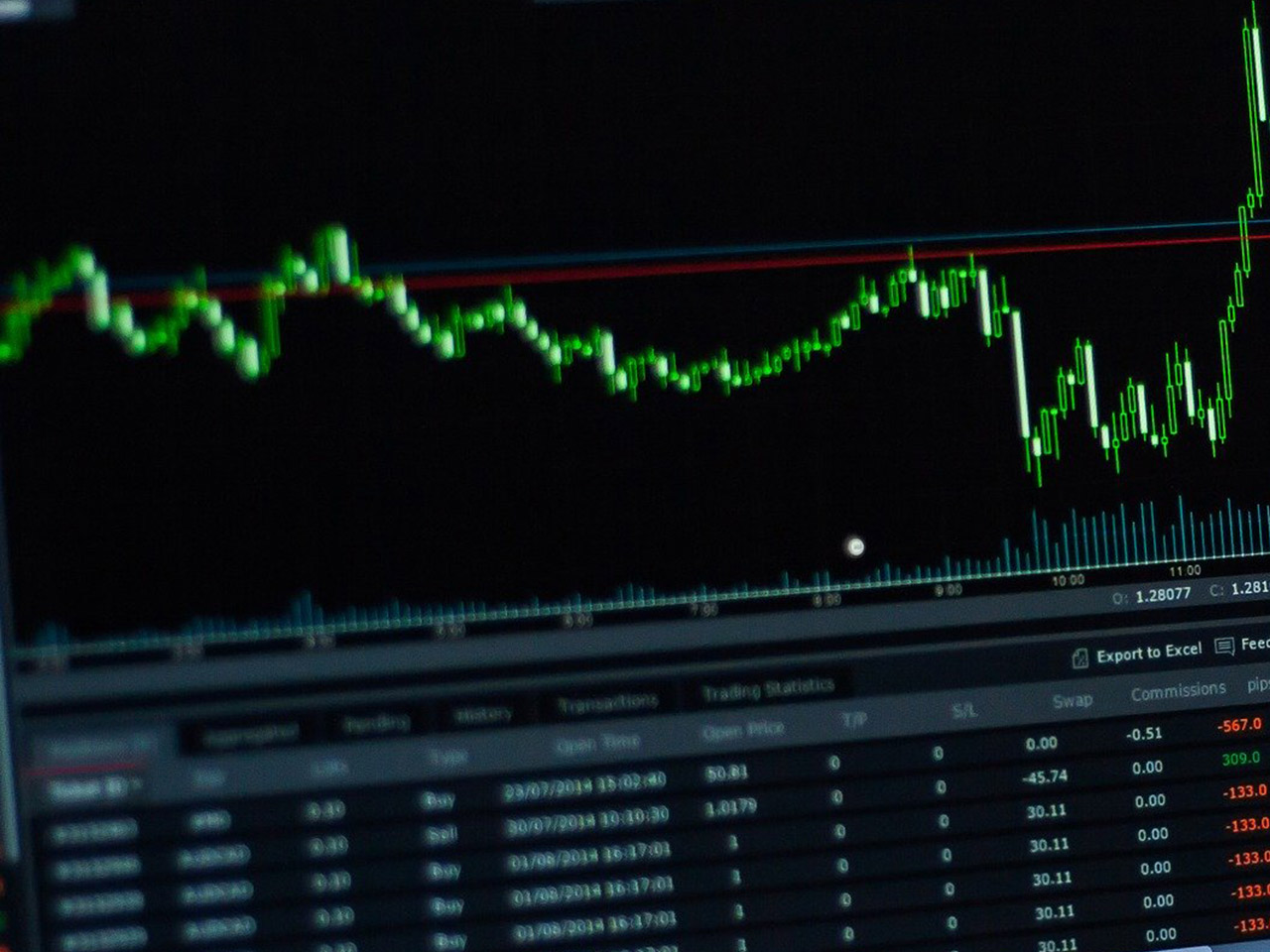ASOS Plc, the renowned online fashion retailer, has been at the forefront of the e-commerce revolution, catering to fashion enthusiasts across the globe. With a diversified brand portfolio that includes ASOS Design, Topshop, and Miss Selfridge, the company has established itself as a key player in the Consumer Cyclical sector, specifically within the Internet Retail industry. Headquartered in London, ASOS has a significant market presence in the UK, the EU, the US, and beyond.
Currently trading at 218.5 GBp, ASOS shares hover at the lower end of their 52-week range of 218.50 to 445.20 GBp. This reflects a contraction in market capitalization to $260.42 million, a consequence of broader market pressures and company-specific challenges. Despite a modest price dip of 0.07% recently, the stock’s potential upside of 63.91%, based on an average target price of 358.13 GBp, offers a tantalizing prospect for investors seeking to capitalize on a potential rebound.
However, the financial health of ASOS presents a mixed bag. The company is currently grappling with negative profitability metrics, as evidenced by a trailing P/E ratio that is not available and a forward P/E ratio standing at a staggering -1,453.95. The absence of a PEG ratio and a price-to-book value further clouds valuation clarity. Performance metrics exacerbate concerns, with revenue growth contracting by 15.80% and a dismal return on equity of -81.34%. Nevertheless, there is a silver lining with a robust free cash flow of over $281 million, providing a lifeline amid these challenges.
Analyst sentiment remains divided, with five buy ratings, seven hold ratings, and four sell ratings. The target price range from 210.00 to 790.00 GBp suggests a wide array of outcomes based on market performance and strategic execution. This divergence underscores the complexity and uncertainty surrounding ASOS’s future trajectory.
In terms of technical analysis, ASOS faces significant resistance. The stock is currently trading below both its 50-day and 200-day moving averages, set at 256.41 GBp and 293.67 GBp, respectively. The RSI (14) at 86.96 indicates that the stock is overbought, while the MACD and Signal Line readings suggest bearish momentum, with values at -4.28 and -3.83, respectively.
Despite these challenges, ASOS’s strategic initiatives, including its internet marketplace operations and brand management services, continue to provide growth avenues. The company’s global footprint and strong brand portfolio remain invaluable assets in navigating the competitive landscape of online retail.
For investors, the key takeaway is the balance between potential upside and the inherent risks associated with ASOS’s current financial performance and market conditions. As the company strives to regain profitability and stabilize its market position, those considering an investment in ASOS must weigh these factors carefully, keeping a close eye on upcoming strategic developments and market trends.





































